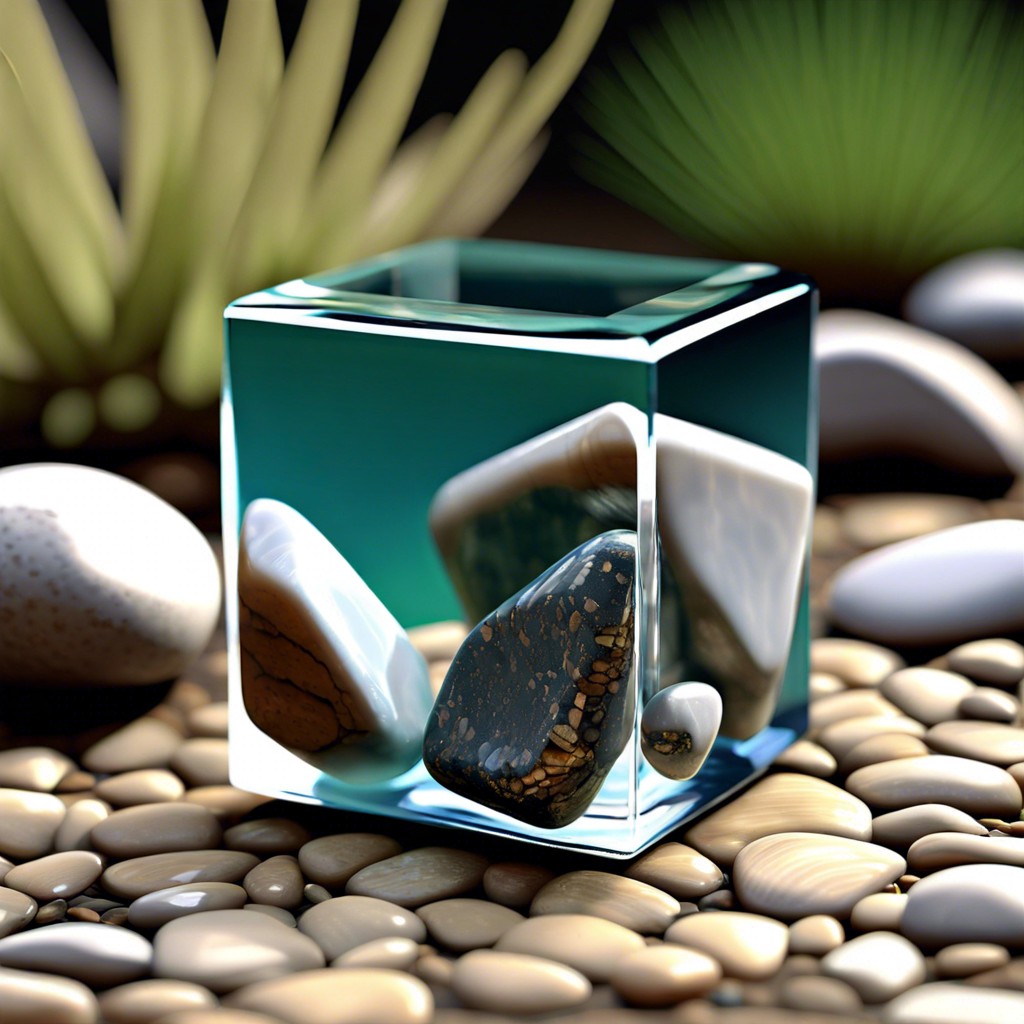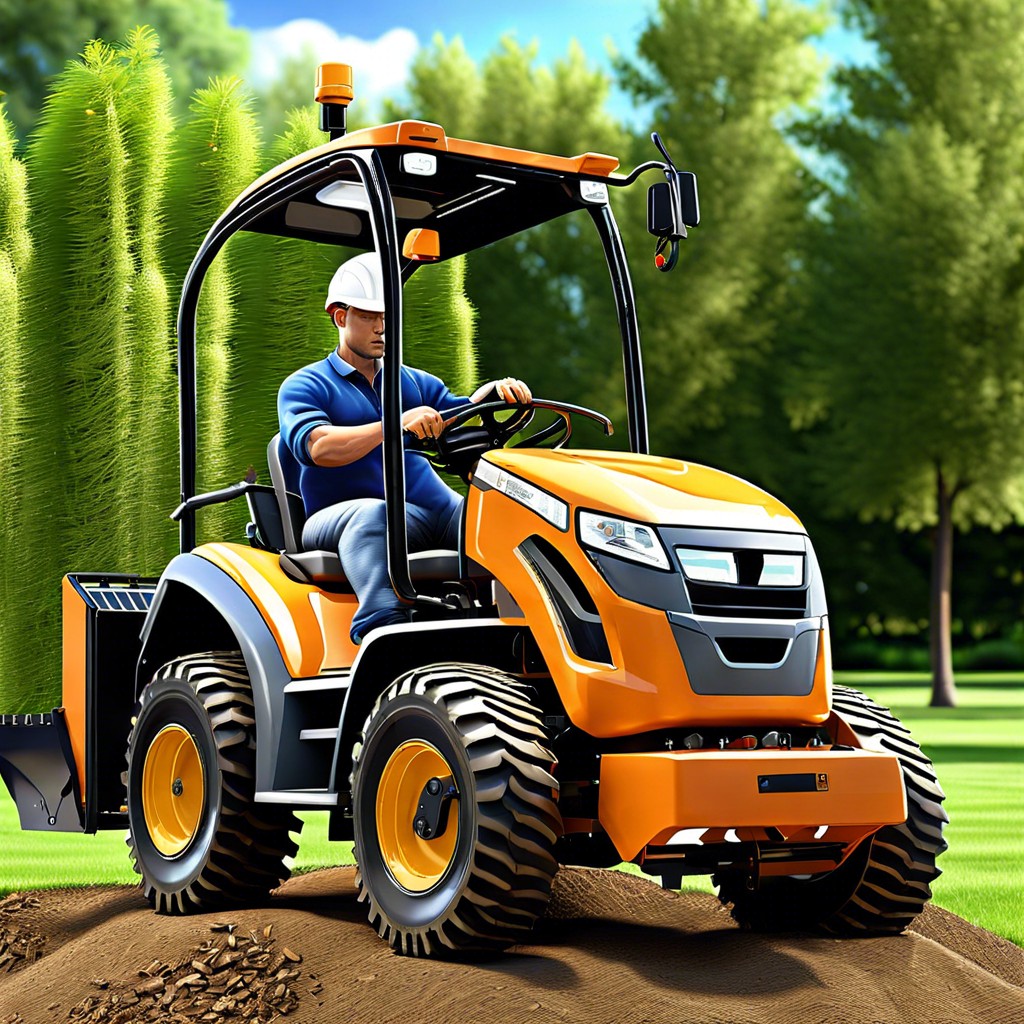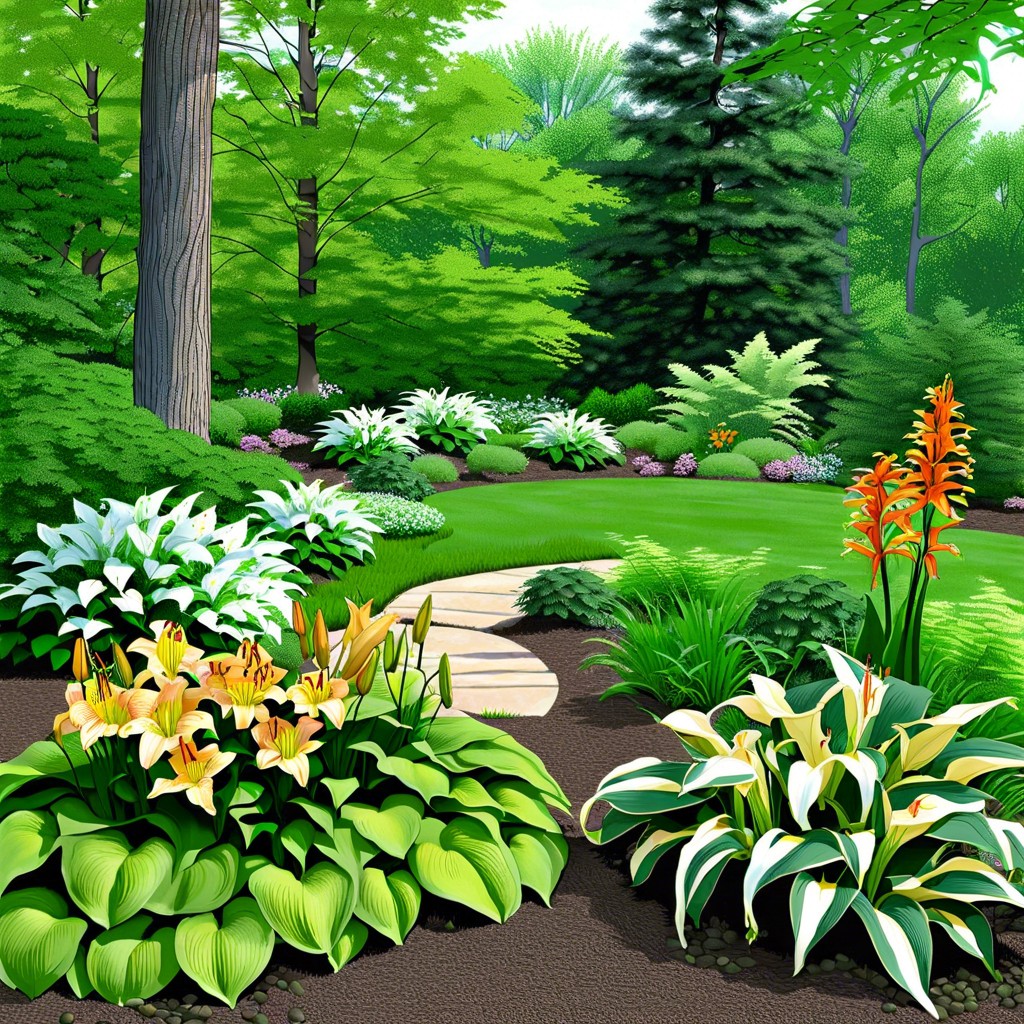Here are some seasonal landscaping tips to transform your garden every season. Read on!
As the seasons change, so do the needs of your landscape. Whether you’re looking to spruce up your garden for a special occasion or just want to keep it looking its best, there are a few seasonal landscaping tips you should follow.
Here are some of the most important tips for keeping your yard looking great throughout the year.
Planning Ahead
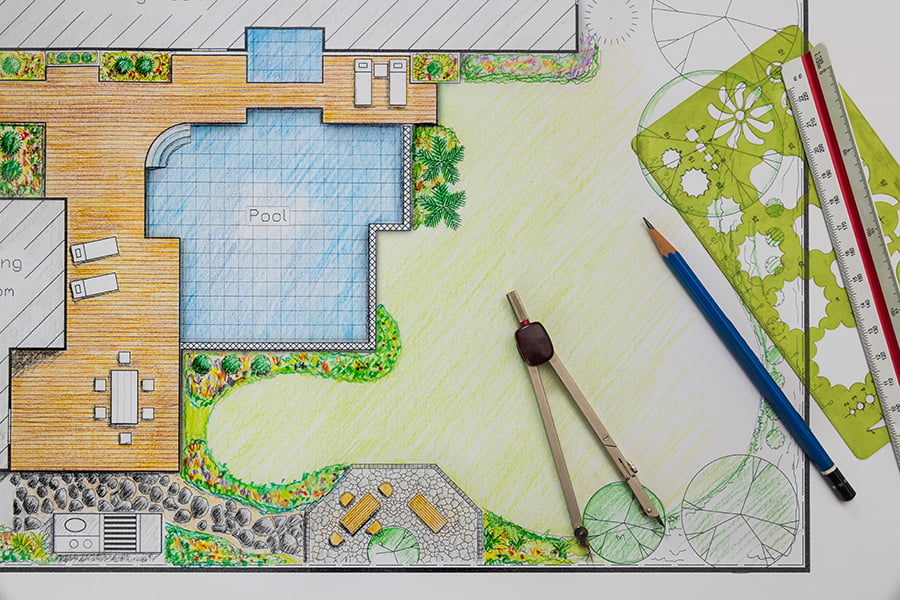
It involves taking the time to think about what you want your landscape to look like and how you will achieve it. This includes considering the climate, soil type, and other environmental factors that may affect your plants’ growth.
Planning ahead allows you to budget for materials and labor costs associated with landscaping projects. By doing this in advance, you can ensure that your project is completed on time and within budget.
Planning ahead also helps prevent costly mistakes or delays due to unexpected weather conditions or other unforeseen circumstances. Planning ahead gives you the opportunity to research different types of plants that are suitable for your area so that they will thrive in their new environment once planted.
Planting Trees and Shrubs

Trees and shrubs provide structure, shade, and beauty to any outdoor space. When planting trees and shrubs in the spring or fall, it is important to consider the climate of your area as well as the size of your yard.
It is also important to choose plants that are native to your region so they can thrive in their natural environment. When selecting a tree or shrub for planting, make sure you know its mature size so that it will fit into the space you have available.
Consider how much sun or shade each plant needs before purchasing it; some plants require more sunlight than others while some prefer more shade. Be sure to check if a particular species requires special soil conditions such as acidic soil or moist soil before planting it in your yard.
Once you have chosen which trees and shrubs you would like to plant, prepare the area by digging holes twice as wide but not deeper than what is recommended on the label for each plant’s root ball size. Place mulch around each tree or bush after planting them in order to help retain moisture levels throughout hot summer months when rainfall may be scarce.
Water regularly during dry periods until established roots take hold and begin providing adequate hydration for your new additions!
Pruning Existing Plants
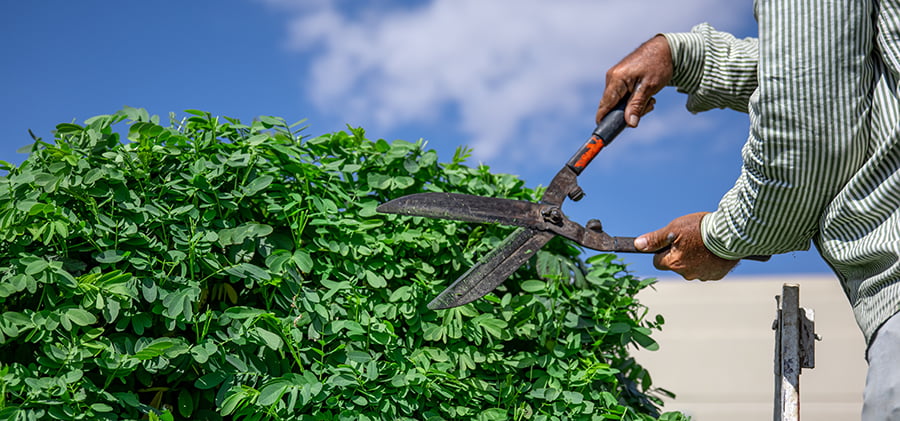
Pruning helps to maintain the health and appearance of your plants, as well as promote new growth. It involves removing dead or damaged branches, stems, and leaves from a plant in order to encourage healthy growth.
Pruning can also help shape a plant’s form and size by controlling its overall structure. When pruning existing plants, it is important to use sharp tools that are clean and sterilized in order to prevent the spread of disease between plants.
It is best practice to prune during the dormant season when there are no flowers or fruits on the plant so that you do not accidentally remove any potential blooms or fruit-bearing branches. Be sure not to over-prune; only remove what needs to be removed for optimal health and growth!
Adding Seasonal Color With Flowers and Foliage
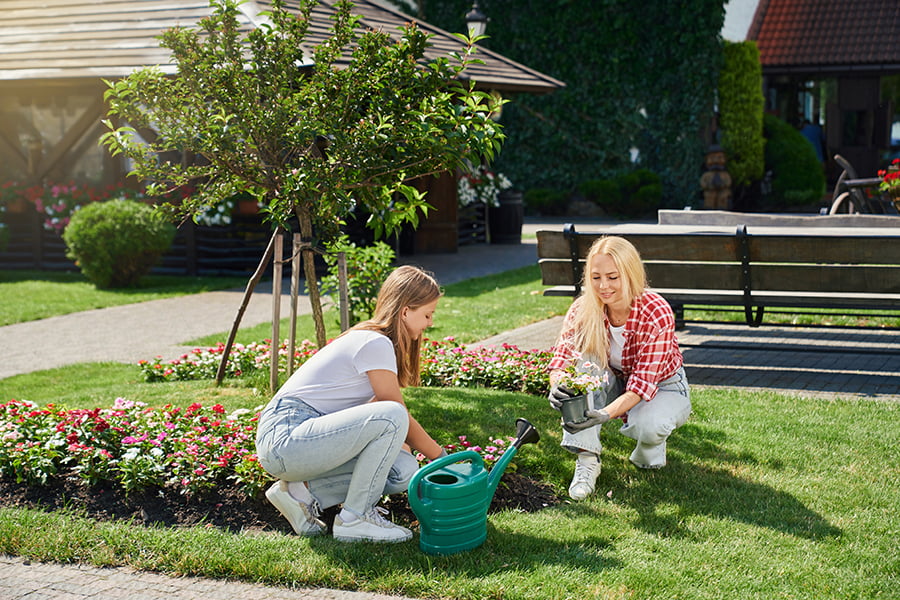
By selecting the right plants for each season, you can create a vibrant and inviting outdoor space that will last all year round. In the spring, consider planting bright blooms like tulips, daffodils, or pansies to bring life to your garden.
For summer months, opt for sun-loving annuals such as petunias or marigolds that will thrive in the heat. During autumn months, choose mums or chrysanthemums for their beautiful fall colors.
In wintertime you can add evergreen shrubs like holly or boxwood to keep your landscape looking fresh even when temperatures drop below freezing. With careful planning and selection of plants suited for each season’s climate conditions, you can easily create an eye-catching landscape full of seasonal color!
Mulching for Weed Control
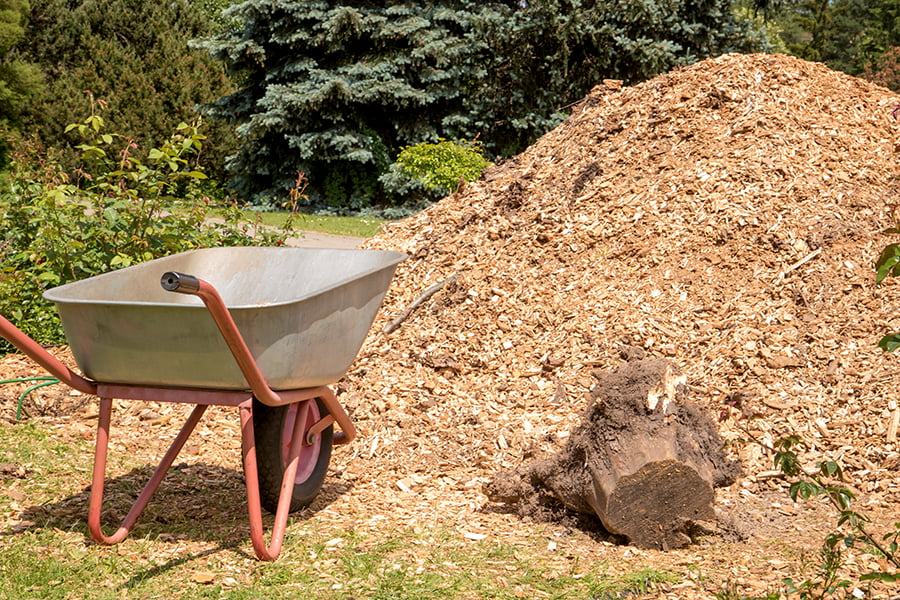
It involves covering the soil around plants with a layer of organic material, such as wood chips or shredded bark. This helps to prevent weed seeds from germinating and growing in the area, while also providing nutrients and moisture for existing plants.
Mulch also helps to insulate the soil during extreme temperatures, keeping it cooler in summer and warmer in winter. To ensure optimal results, mulch should be applied at least two inches thick over bare soil areas and replenished every year or two as needed.
Applying Fertilizer and Compost
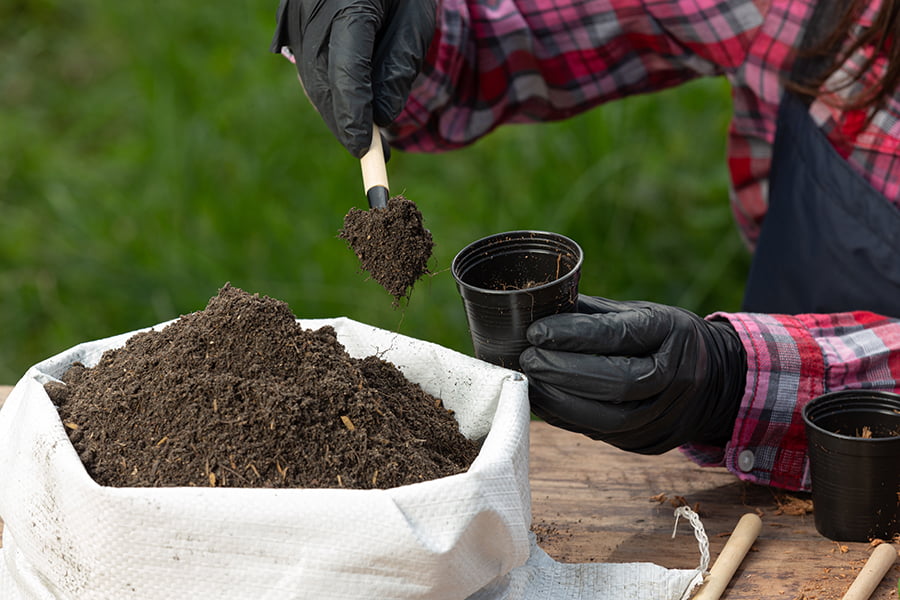
Fertilizer is a nutrient-rich material that helps plants grow, while compost is made up of organic matter such as leaves, grass clippings, and food scraps. Both fertilizer and compost should be applied to the soil in order to provide essential nutrients for plants.
When applying fertilizer, it’s important to use the right type for your specific plants. Different types of fertilizers contain different amounts of nitrogen, phosphorus, potassium, and other minerals which are necessary for plant growth.
You should follow the instructions on the package carefully when applying fertilizer so that you don’t over-fertilize or under-fertilize your lawn or garden. Compost can also be used as an effective way to add nutrients to soil without using chemical fertilizers.
Compost is made up of organic materials such as leaves, grass clippings, food scraps and other natural materials which break down over time into a nutrient-rich material that helps promote healthy plant growth. When adding compost to your soil it’s important not to apply too much at once; instead spread it out evenly across the area where you want it applied so that all areas get an equal amount of nutrients from the compost.
Watering Regularly
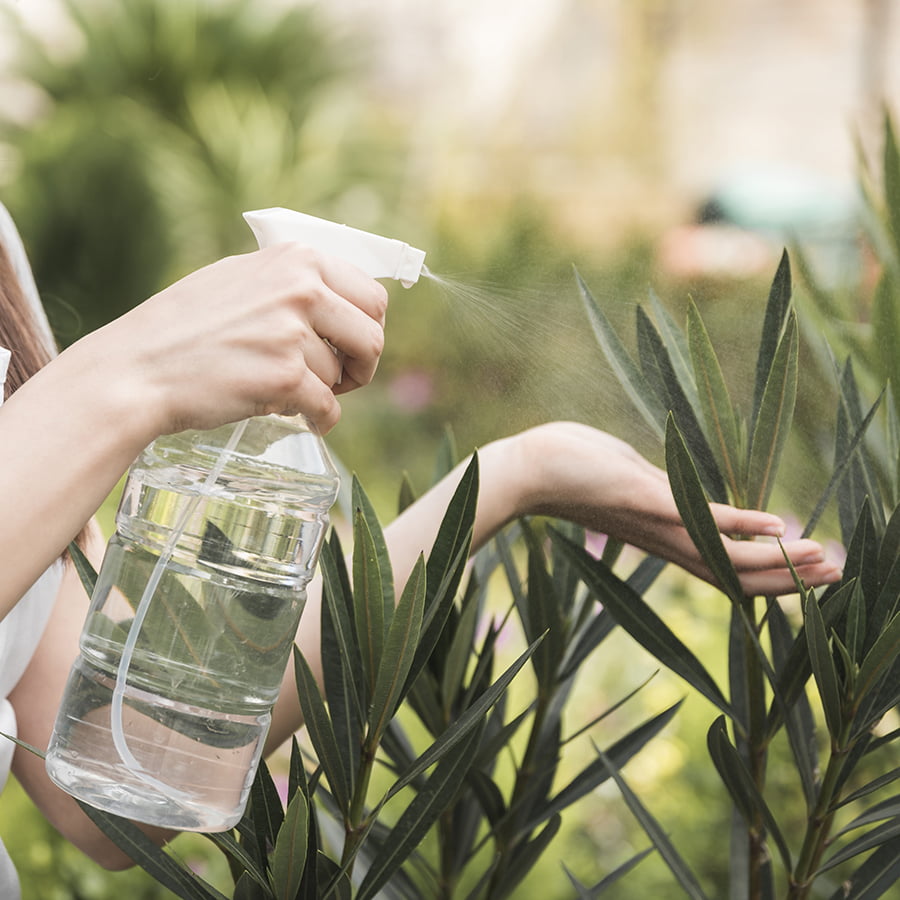
During the summer months, it is essential to water your lawn and garden on a regular basis in order to keep them healthy and vibrant. This means watering at least once a week, or more often if necessary due to hot temperatures or lack of rainfall.
When watering, make sure that you are providing enough water for the plants’ needs without over-watering them. If you are unsure how much water your plants need, consult with a local gardening expert for advice specific to your area.
Consider using mulch around trees and shrubs as this will help retain moisture in the soil and reduce evaporation from the sun’s heat.
Controlling Pests and Diseases
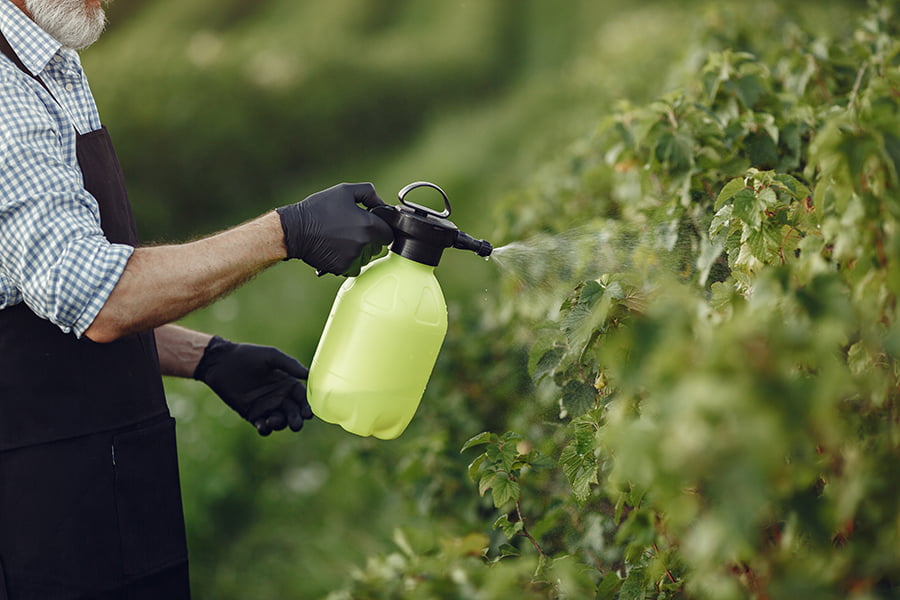
Pests can damage plants, while diseases can spread quickly and cause serious harm to the health of your garden. To keep these problems at bay, there are a few steps you can take during each season.
In the spring, start by removing any dead or diseased plant material from your garden beds. This will help reduce the risk of disease spreading to healthy plants.
Inspect all new plants for signs of pests or disease before planting them in your yard. During summer months, it’s important to monitor for signs of pest infestations or disease outbreaks on existing plants in your landscape.
If you notice any issues with a particular plant, remove it immediately and treat the area with an appropriate pesticide or fungicide as needed. Water early in the day so that foliage has time to dry out before nightfall; this will help prevent fungal growth on leaves and stems due to moisture retention overnight.
In autumn months, be sure to clean up fallen leaves and debris from around trees and shrubs as soon as possible; this helps reduce overwintering sites for many common pests such as aphids and mites which may otherwise return next year when temperatures warm up again. Prune away any dead branches from trees or shrubs that could provide shelter for unwanted critters over wintertime too! during winter months it’s important to check periodically for signs of rodent activity such as tunnels near tree roots or gnawed bark on trunks; if found take action right away by setting traps around affected areas (or contacting a professional) so they don’t cause further damage come springtime!
